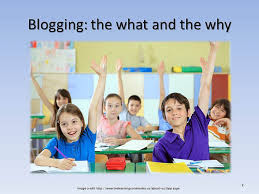Wednesday, May 24 (CDT) - Tonight Fran Siracusa from Florida lead us in a webinar
entitled The Relevance of Connection. She shared her experiences of engaging her students with other students and people around the world. Most interesting were her experiences in the Teach SDG (Sustainable Development Goals) project. |
| Fran Siracusa |
Well Done, Fran!
Fran began her webinar by explaining how global collaboration allows her and her student to follow their passions. It empowers them to engage in activities that connect them with the rest of the world. She shared the Sustainable Development Goals and the types of resources that a available to address each of these goals. It was good to see examples of the actual projects that her students had completed. Finally Fran shared a number of resources that we could use to develop collaborative projects ourselves.
Bonus: The bonus for the evening was when Fran provided a brief tutorial on using Buncee. You may notice that her slideshow was created using Buncee.
Here is the link to her slideshow.





















